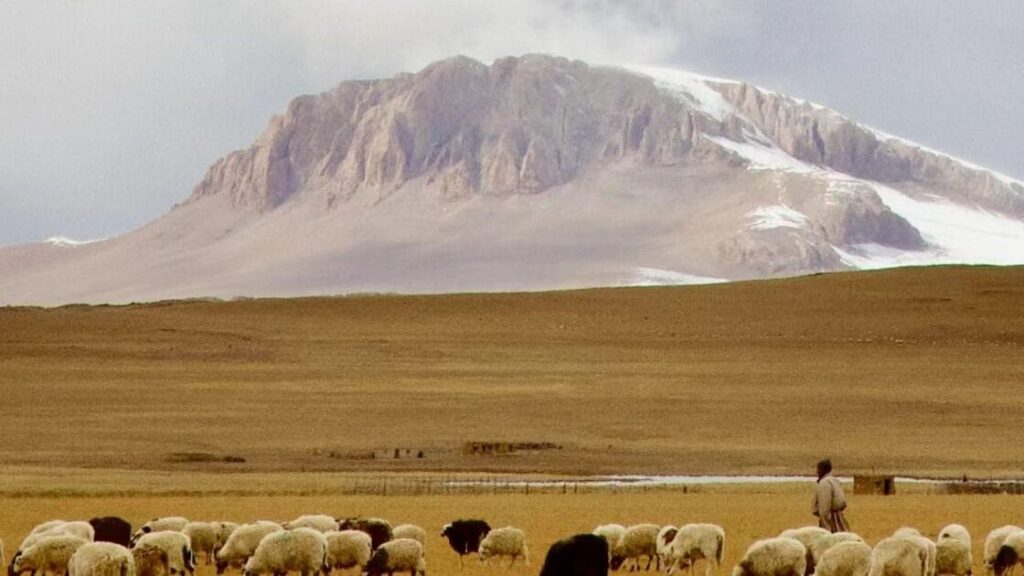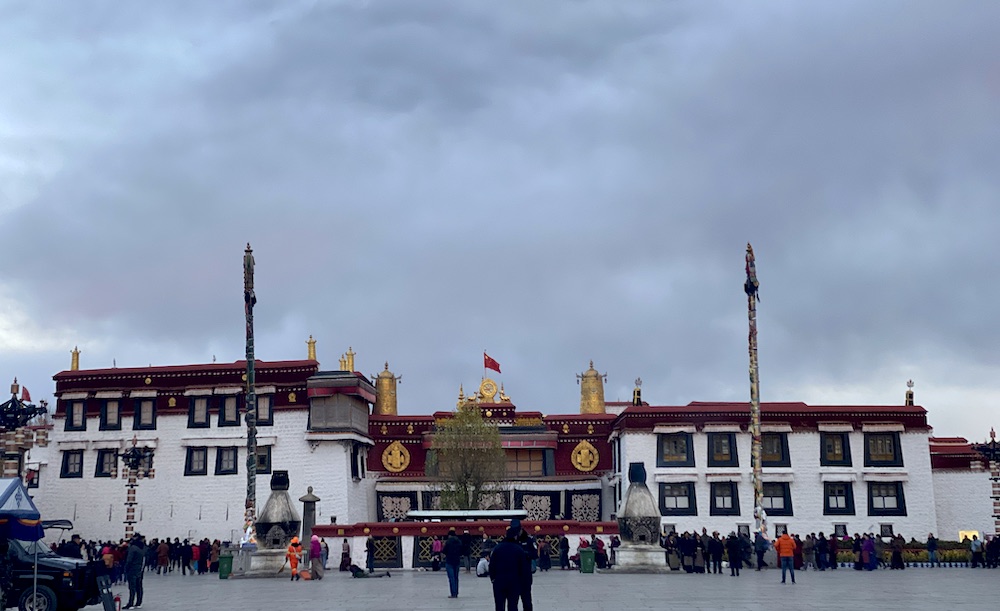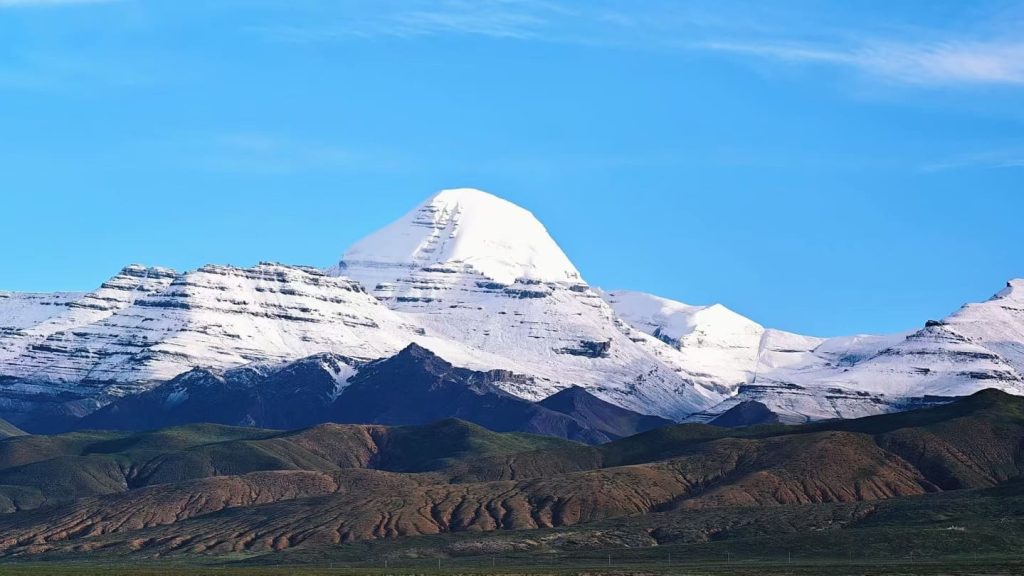Tibet, the mystical land perched high on the Tibetan Plateau, is one of the most coveted travel destinations in the world. With its stunning landscapes, ancient monasteries, and vibrant culture, Tibet offers an experience that feels both otherworldly and deeply spiritual. However, many travelers are deterred by the perception that visiting Tibet is expensive. While it’s true that certain aspects of travel in Tibet can be pricey, a winter trip to Tibet can be surprisingly affordable—especially if you know how to plan a budget-friendly journey.
Winter is one of the most magical times to visit Tibet. The snow-capped peaks, frozen lakes, and peaceful monasteries offer a serene atmosphere, and fewer tourists mean you get to explore the area without the crowds. The key to enjoying a Tibet winter adventure on a budget is to plan wisely. This blog post will guide you through how to experience Tibet in winter without burning a hole in your wallet, with tips on affordable transportation, accommodations, activities, and food options.
Why Choose Winter for a Budget Trip to Tibet?
Tibet in winter offers several advantages for budget travelers:
1. Lower Prices: Winter is considered the off-season in Tibet, which means many hotels, guesthouses, and even some tours offer reduced rates. Flights and transportation options to Tibet are often cheaper in winter as well.
2. Fewer Tourists: While Tibet can be crowded during the summer months, winter sees fewer tourists, which makes it easier to find budget-friendly accommodations and explore popular sites like Lhasa, Potala Palace, and Mount Everest Base Camp without feeling overwhelmed.
3. Magical Winter Landscapes: Tibet transforms into a winter wonderland in the colder months. The snow-covered mountains, frozen lakes, and clear skies provide breathtaking views, making it a photographer’s paradise.
4. More Peaceful Atmosphere: Winter is the perfect time to enjoy the spiritual side of Tibet. The quieter monasteries and sacred sites allow for a more introspective, peaceful experience.
By choosing to visit Tibet in winter, you’ll not only avoid the crowds, but you’ll also have the opportunity to save money on almost every aspect of your trip.

Planning Your Budget-Friendly Winter Tour to Tibet
When planning a budget-friendly winter tour to Tibet, you need to consider several key factors that will help you minimize costs. From transportation to accommodations, here’s how you can keep your expenses low while enjoying the best that Tibet has to offer.
1. Transportation to Tibet: Budget-Friendly Options
Traveling to Tibet often requires a combination of flights and trains. The most common ways to reach Tibet are by air or by train, and winter offers a few opportunities to save money on both options.
Flights to Tibet
Flights to Tibet are usually the most expensive part of the trip, but winter prices can be lower compared to peak seasons. The primary international gateway to Tibet is Lhasa Gonggar Airport (LXA), which has regular flights connecting Tibet to major cities in China, such as Beijing, Chengdu, Shanghai, and Xi’an.
• Book in Advance: To get the best deals, try to book your flight 2-3 months in advance. Winter discounts may apply, so keep an eye on promotions.
• Fly from Major Chinese Cities: If you are already in China or planning to fly into China, connecting flights from cities like Chengdu and Xi’an are often more affordable. Chengdu, in particular, has many budget flights to Tibet.
• Avoid Peak Holiday Periods: Chinese New Year (usually in January or February) can drive prices up, so try to plan your trip around this time if possible.
Train to Tibet
For those who prefer to travel overland, taking a train to Tibet is an incredible option. The Qinghai-Tibet Railway, the world’s highest railway, is an affordable way to get to Tibet. It departs from Xining (in Qinghai Province) and connects to Lhasa. The train ride is a long one, but it offers stunning views of the Tibetan Plateau and is a memorable experience.
• Cheaper Than Flights: The train ride to Lhasa is cheaper than flying, especially if you book tickets in advance. A hard sleeper (the least expensive option) on the train can cost anywhere from $60 to $120 USD, depending on your departure city.
• Book in Advance: Since train tickets to Tibet can sell out quickly, particularly during peak travel seasons, it’s essential to book your tickets at least 2-3 weeks before your departure date.
• Longer Journey: The train journey can take 2-3 days from cities like Xining or Beijing, but it’s an affordable way to travel and a great way to acclimatize to Tibet’s high altitude.

2. Accommodation: Affordable Stays in Tibet
Accommodation in Tibet can be a major cost factor, but winter offers budget travelers a chance to take advantage of lower prices. Whether you prefer hostels, guesthouses, or budget hotels, there are plenty of affordable options available in Lhasa and other major cities.
Lhasa: Budget Stays
Lhasa, the capital city, has a range of accommodations catering to budget travelers.
• Budget Hotels and Hostels: The city has many affordable guesthouses and hostels that cater to budget-conscious travelers. Expect to pay around $10-$20 USD per night for a shared dormitory in a hostel or $20-$40 for a private room in a budget hotel. Tibet Guest House and Lhasa Kakya are two examples of budget-friendly accommodations in the city.
• Homestays: For a more authentic experience, you can stay with local Tibetan families in homestays, especially in smaller towns or villages outside Lhasa. These stays can be as cheap as $10-$15 USD per night.
• Off-Season Discounts: As winter is the off-season, many hotels offer discounted rates for rooms. You may be able to find deals of 30-40% off compared to peak season prices.
Other Locations: Affordable Stays Beyond Lhasa
Outside Lhasa, places like Gyantse, Shigatse, and Tsedang offer more budget-friendly accommodation options. In these regions, you can expect to pay around $10-$25 per night for basic guesthouses or local hotels.
• Local Guesthouses: In these towns, you’ll find local Tibetan-run guesthouses that offer basic amenities and an authentic experience at very affordable rates.
• Camping: For the adventurous, camping in Tibet’s pristine natural landscapes is a low-cost way to experience the region. However, winter camping should only be attempted by experienced travelers, as temperatures can dip well below freezing.
3. Food: Eating on a Budget in Tibet
Tibetan cuisine is hearty, delicious, and relatively inexpensive. In winter, you can enjoy Tibetan dishes that warm you up in the cold, like momos (dumplings), thukpa (noodle soup), and tsampa (roasted barley flour). Here’s how to eat affordably in Tibet:

Street Food and Local Restaurants
• Street Food: In cities like Lhasa and Shigatse, street food is widely available and affordable. You can find snacks like momos, fried rice, and yak meat dishes at low prices—usually around $2-$5 per meal.
• Local Restaurants: Tibetan restaurants typically serve hearty, inexpensive meals. A typical meal will cost between $5 and $8 USD, and you can enjoy traditional dishes like yak butter tea, Tibetan bread, and vegetarian stews.
• Avoid Tourist Restaurants: Restaurants in tourist-heavy areas tend to be more expensive, so if you want to keep your food budget low, opt for local eateries away from the major attractions.
Grocery Stores and Markets
For those staying in guesthouses or hostels with kitchen facilities, buying groceries from local markets can help you save money. Basic groceries such as vegetables, bread, rice, and noodles are affordable and readily available in local markets.
4. Budget Activities: Affordable Ways to Experience Tibet
Tibet offers a wealth of experiences that can be enjoyed on a budget. While some activities, such as guided tours or trekking in remote areas, may cost more, there are plenty of affordable ways to explore Tibet’s natural beauty and rich culture.
Visit Temples and Monasteries
Many of Tibet’s most famous temples and monasteries have a nominal entry fee. For example, the Jokhang Temple in Lhasa charges a small entrance fee of around $5 USD, and the Sera Monastery is free to visit. These are spiritual sites, but you can also observe Tibetan life and culture in these places without spending much.
Explore Lhasa and Beyond
• Potala Palace: The iconic Potala Palace is the most famous attraction in Tibet. The entry fee is around $10 USD, which is quite affordable considering the grandeur of the palace and the panoramic views it offers of Lhasa.
• Barkhor Street: A visit to the Barkhor Street, the religious and cultural heart of Lhasa, is free. You can wander around this historic street, admire the shops selling Tibetan handicrafts, and watch pilgrims circle the Jokhang Temple.
Trekking and Outdoor Adventures
While trekking in Tibet can be expensive due to the need for guides and permits, there are some budget-friendly treks, such as:
• Yamdrok Lake Trek: This is a low-cost trek that offers incredible views of Yamdrok Lake and the surrounding mountains. It can be done independently with basic planning.
• Everest Base Camp (Tibet side): While a trip to Everest Base Camp requires a permit and a guide, it can still be done on a budget by booking group tours, which can help reduce costs.

Conclusion: Tibet Winter Budget Tours Are Possible
Tibet may seem like an expensive destination, but with careful planning and the right approach, you can explore this mystical land on a budget. Winter, in particular, offers unique opportunities to enjoy Tibet’s beauty and culture without the high prices and large crowds. By taking advantage of lower travel costs, affordable accommodations, delicious street food, and free or low-cost attractions, you can have an unforgettable experience in Tibet without breaking the bank.
So, pack your bags, bundle up for the cold, and get ready for an adventure that will take you to the Roof of the World on a budget. Tibet’s winter landscapes, spiritual atmosphere, and rich cultural heritage await—ready to be discovered at an affordable price!
